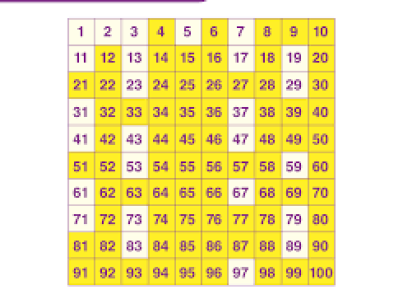Gardens are more than just beautiful spaces; they encompass intricate patterns, shapes, and calculations. By integrating garden design into a math curriculum, educators can illuminate the practical applications of mathematical concepts while fostering a creative and engaging learning environment for students.
The “Design a Garden Math Project” leverages this interdisciplinary approach to teaching and learning. The project involves students in geometry, area and perimeter calculations, budgeting with cost analysis, and scale representations, culminating in a tangible garden design that showcases their mastery of mathematical principles.
At the start of the project, students are introduced to the various elements of a garden like plants, pathways, beds, irrigation systems, and decorative features. They also learn about different geometric shapes and how these shapes can be used creatively in layout plans.
Students begin by sketching draft designs for their gardens on grid paper, paying special attention to creating a functional aesthetic space. This stage encourages creativity and introduces concepts such as symmetry, congruence, and spatial awareness.
Next, they transfer their draft designs to graph paper at scale. This requires them to calculate actual dimensions for garden features based on their scale representations—a practical exercise in ratio and proportion.
Additionally, calculating the area and perimeter of each part of the garden gives students practice in applying formulas for different geometric figures. For instance, finding the area of circular flower beds or triangular vegetable patches helps solidify these mathematical concepts.
Budgeting is another crucial component of this project. Students must select plants and materials while considering costs to stay within a set budget. This introduces them to cost analysis and the need for economical thinking—skills that are highly relevant in everyday life.
Furthermore, discussions around material choices offer an opportunity to integrate sustainability into mathematics. Students can analyze the lifecycle costs of various materials or consider drought-resistant plants vs. regular ones to explore environmental impact from a quantitative perspective.
As students complete their projects, they are required to present their designs along with a comprehensive report detailing the mathematics involved in each aspect of their garden. This not only reinforces mathematical understanding but also develops communication skills as they explain how math helped shape their decisions.
Upon completion of the “Design a Garden Math Project,” students should have a deeper appreciation for math’s role outside the classroom while gaining hands-on experience with design principles that could contribute to future interests or careers in architecture or landscaping.
The potential benefits from such an educational approach are significant—not only does it help demystify math by demonstrating its real-world application but it also nurtures eco-consciousness among young learners through thoughtful garden design.





